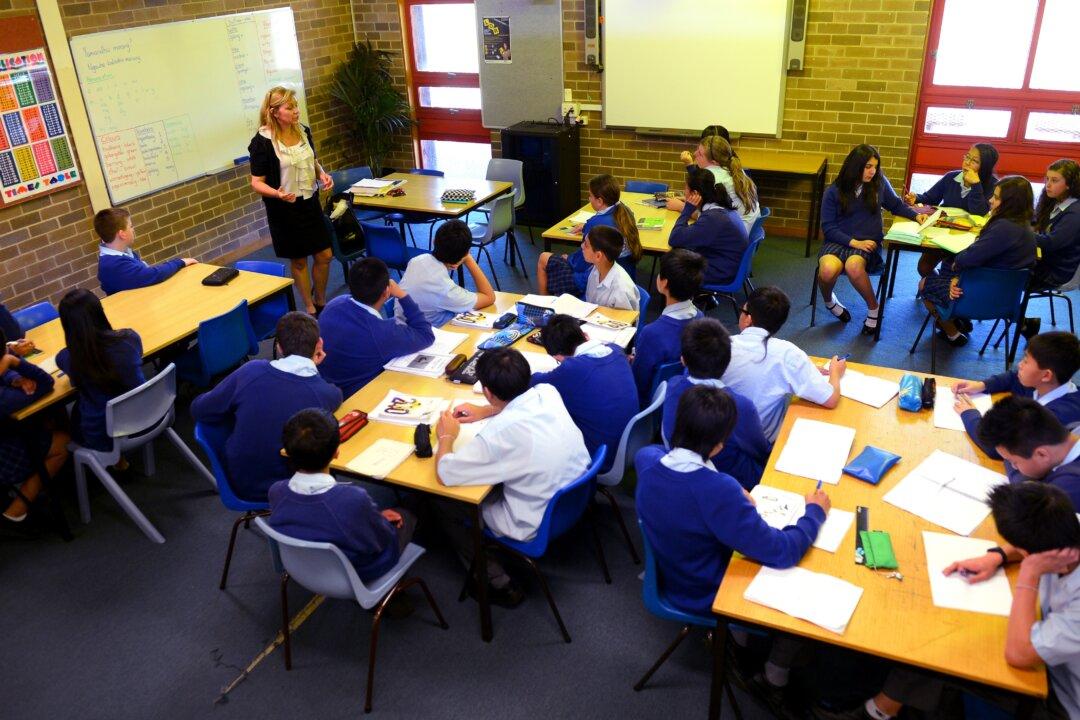Commentary
One step forward and two steps back is the best summary of Australia’s results in the latest Programme for International Student Assessment (PISA).

One step forward and two steps back is the best summary of Australia’s results in the latest Programme for International Student Assessment (PISA).